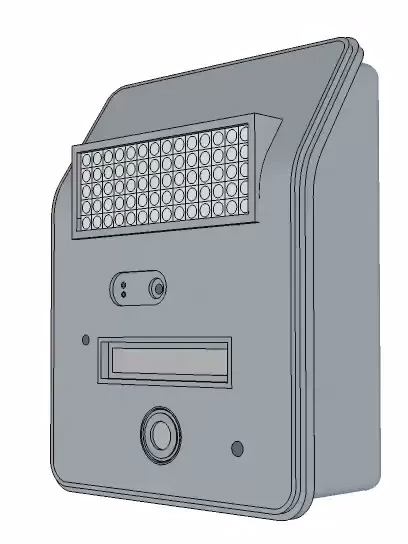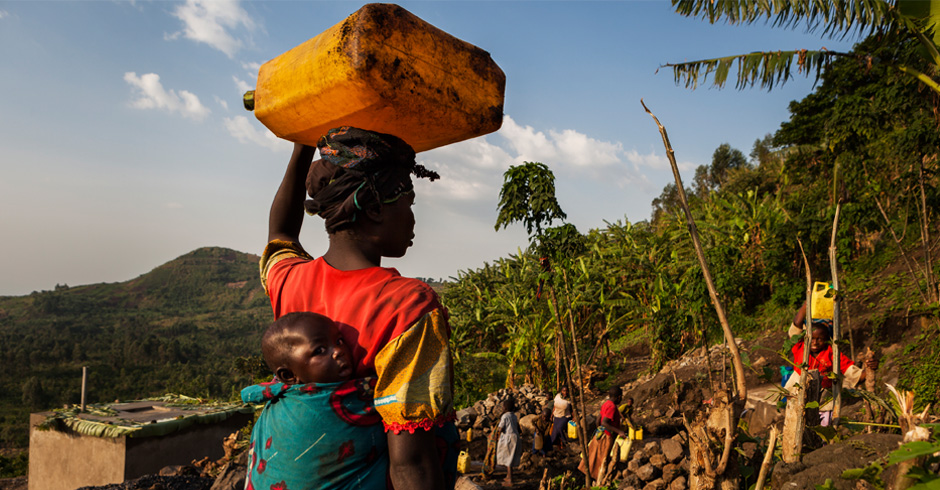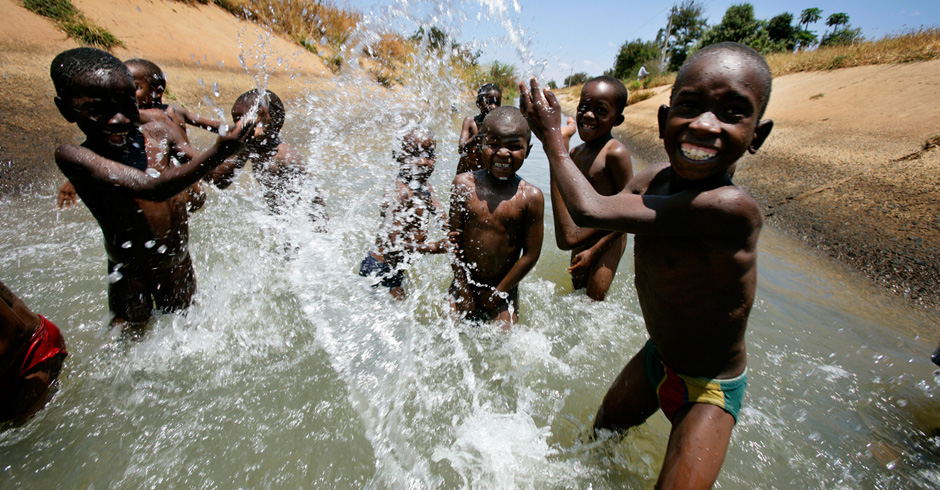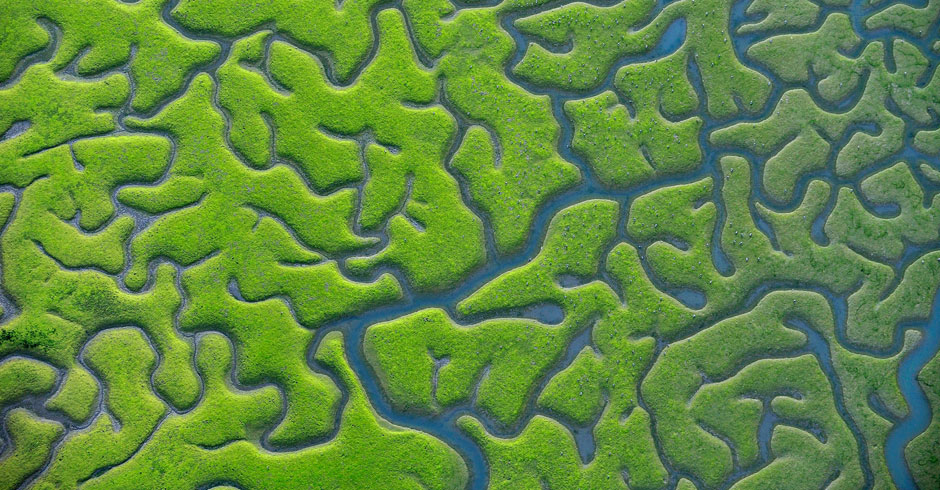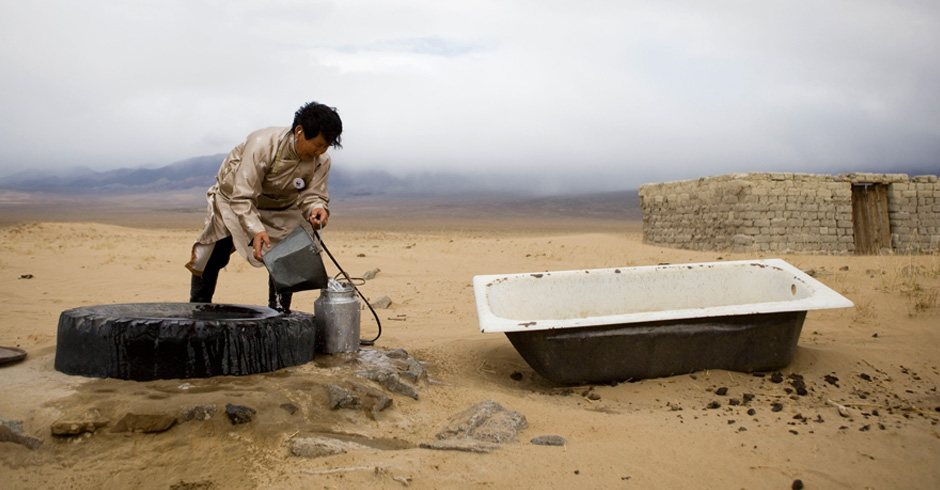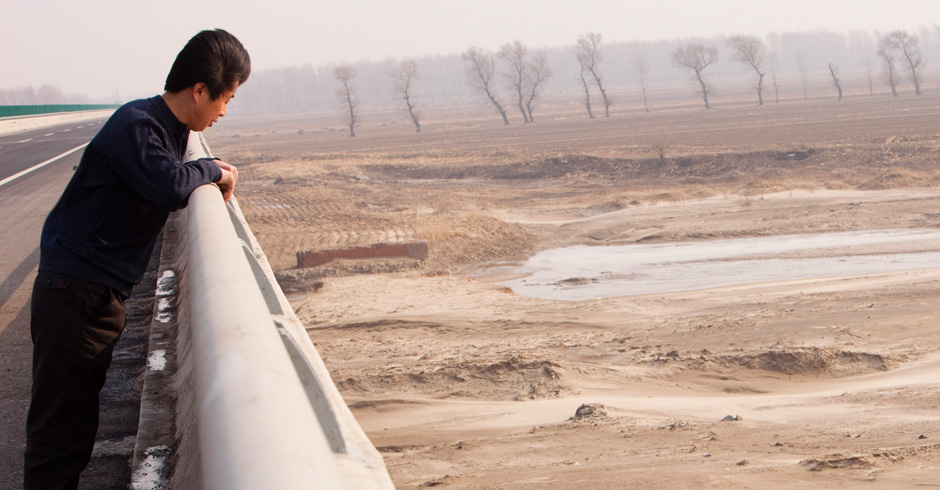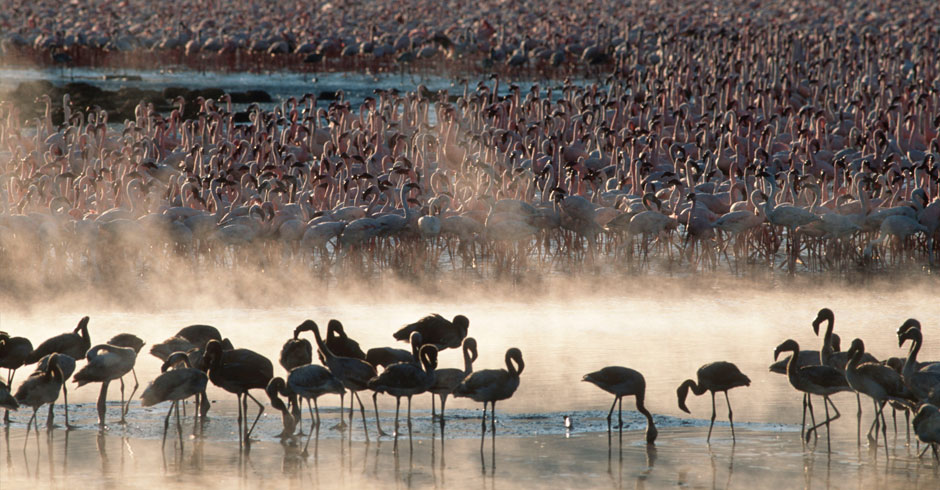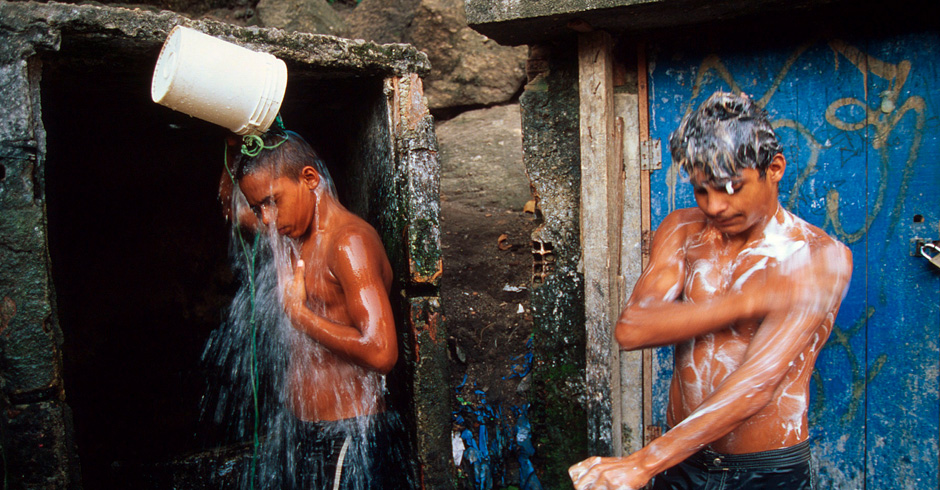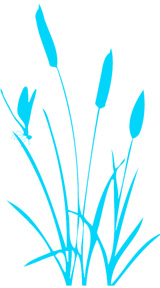
WWF
securing water
for people and nature
Water security is one of the great challenges of the 21st century. It goes to the heart of biodiversity conservation, food and energy supply, climate change adaptation, poverty reduction and conflict mitigation.

WWF is working to protect freshwater ecosystems and improve water access, efficiency and allocation for people and nature.
1 Water is life
© Brent Stirton / Getty Images / WWF
Back to the source
Freshwater is the source of life. It’s what makes Earth unique in the known universe. It’s also a resource under threat. Just 3 per cent of water on the planet is freshwater, and only about 1 per cent is readily available for human use.
The one-two punch of global population growth and climate change means we must be innovative and committed when it comes to water management and conservation.
WWF is working to protect freshwater ecosystems and improve water access, efficiency and allocation for people and the environment – an essential component of safeguarding WWF's priority places and species, and reducing the impact of humanity's water footprint.
Follow a team from Cape Town, South Africa, as they cover more than 80km to find the source of the city’s drinking water.
2 Water footprint
© Brent Stirton / Getty Images / WWF
Protecting shared resources
Think of the first 15 minutes of your day. Shower. Jeans and T-shirt. Coffee and toast. Check headlines and email. Where’s the water in this morning routine? If you think it’s just what comes out of the tap, think again.
Water is in the cotton of your clothes. And the beans of your cup of joe (in the sugar and milk, too). Water flowed through the mines that produced the metals in your microchips.
Water’s in everything. That means even if you shorten your showers, you still use a lot of it. WWF works with companies to use water wisely -- to make your food, clothes and gadgets less “thirsty.” Learn how WWF and H&M are pioneering water stewardship for fashion.
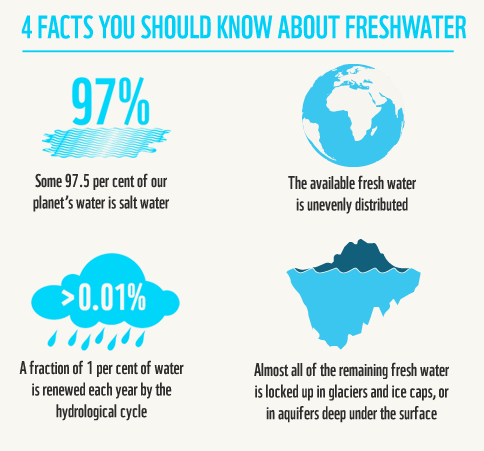
We are all connected by water
Healthy freshwater ecosystems nurture
an amazing variety of plants and animals,
and provide a resource that all people depend on.
With your help, WWF is working to protect rivers,
lakes and wetlands around the world.

